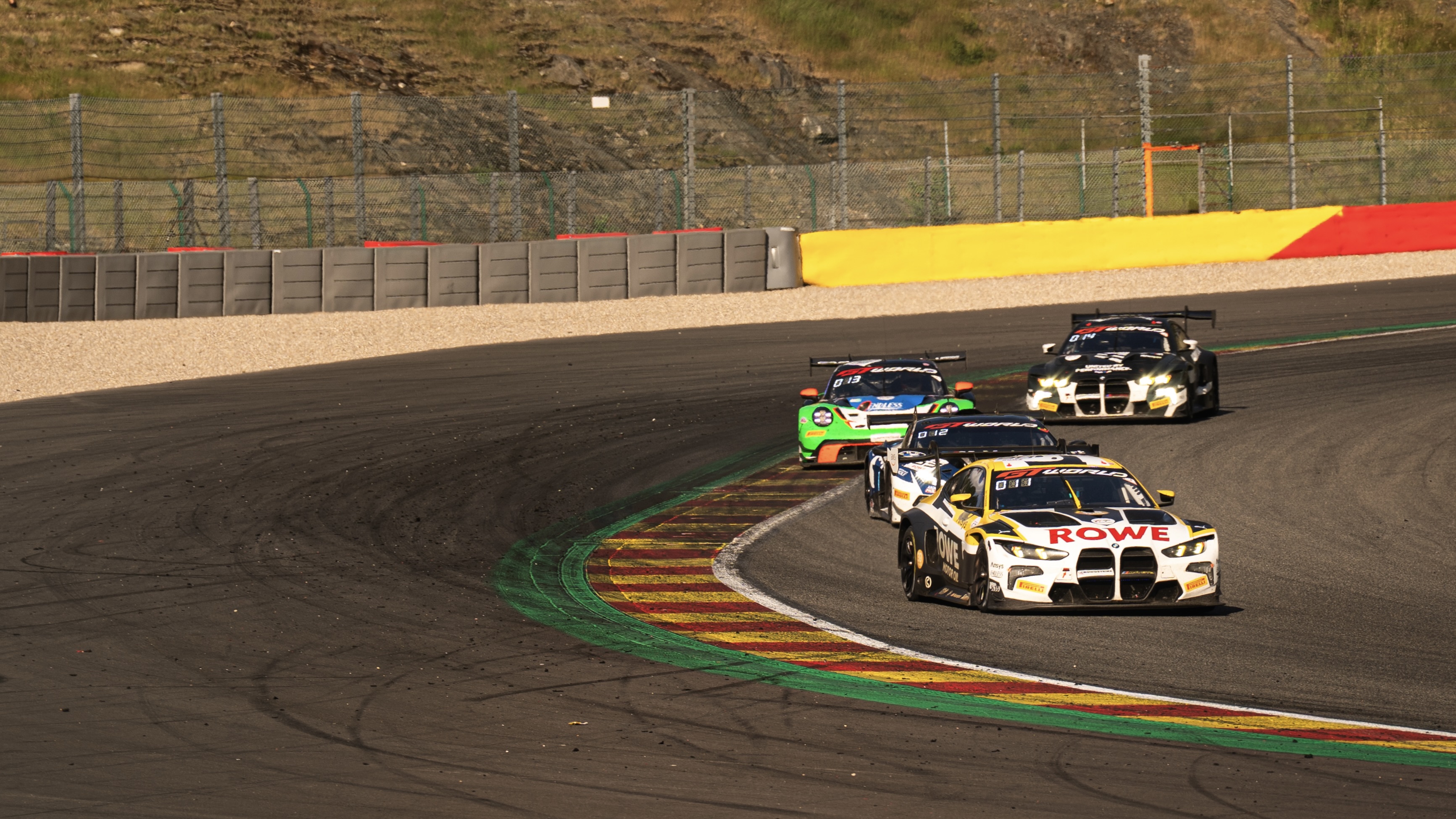
"TADMOS" - Telemetry Analysis Dashboard for Motorsport Sessions
Processing and Analysis of motorsport data from practices, qualifying sessions and races.

Processing and Analysis of motorsport data from practices, qualifying sessions and races.
!!!Currently Working on Data Analysis for WEC Races!!!
This Project is currently ongoing and explores the processing and analysis of various motorsport data
provided by openF1 API endpoints and "alkamelsystems". It aims to build a holistic and interactive
dashboard that can be utilized to view and analyze data of any session, from any driver in any lap to
gain insights into performance, lap time and on-track events.
Race cars produce an incredible amount of data. Telemetry sensors, system management, gps data and much more, are all broadcast constantly throughout any session. Analyzing this data and extracting key information requires both engineering expertise and analytical insight, to derive meaningful strategies. This project aims to leverage data science techniques to extract meaningful patterns from Motorsport data, to be able to quickly gain actionable insights and improve on-track performance.
Through my engineering background I was able to create meaningful graphics that are relevant for improving performance and monitoring component functionality and health. I am currently working on building the interactive dashboard around these graphics, so that a user-friendly interface exists, to quickly gain insights into these vast amounts of data.
The analysis was conducted using Python with libraries including openF1 for data acquisition, Pandas for data manipulation and Seaborn & Matplotlib for visualization. The methodology included:
Visualizations play a crucial role in quickly understanding data and understanding critical patterns. During this project various visualizations were created, with a few examples below:
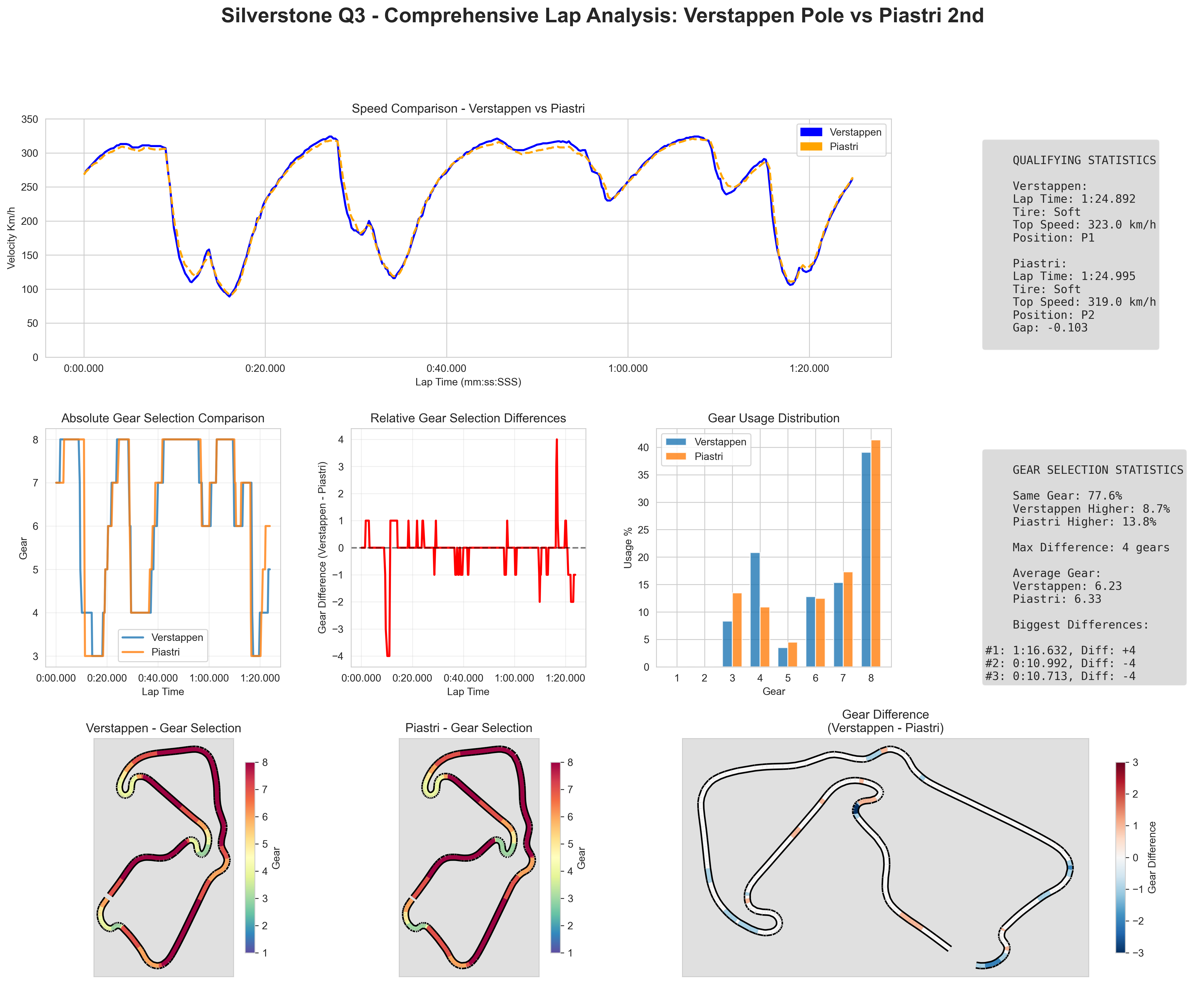
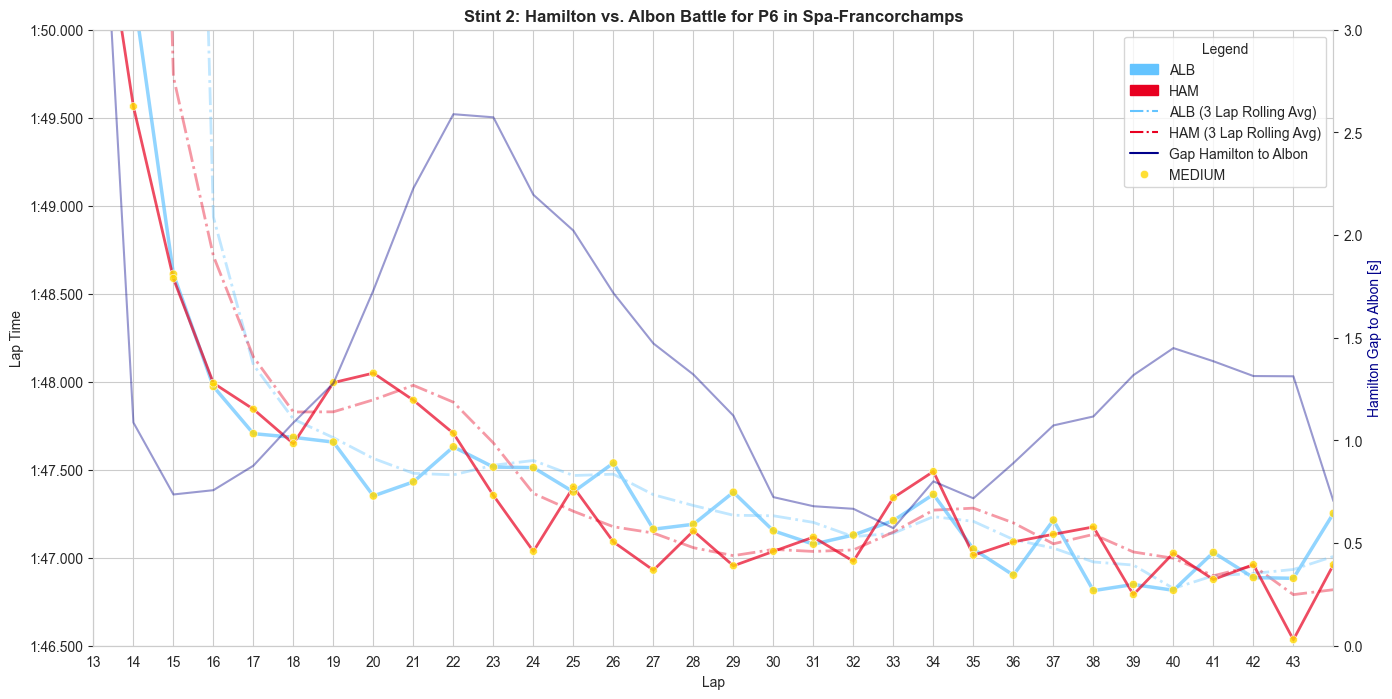
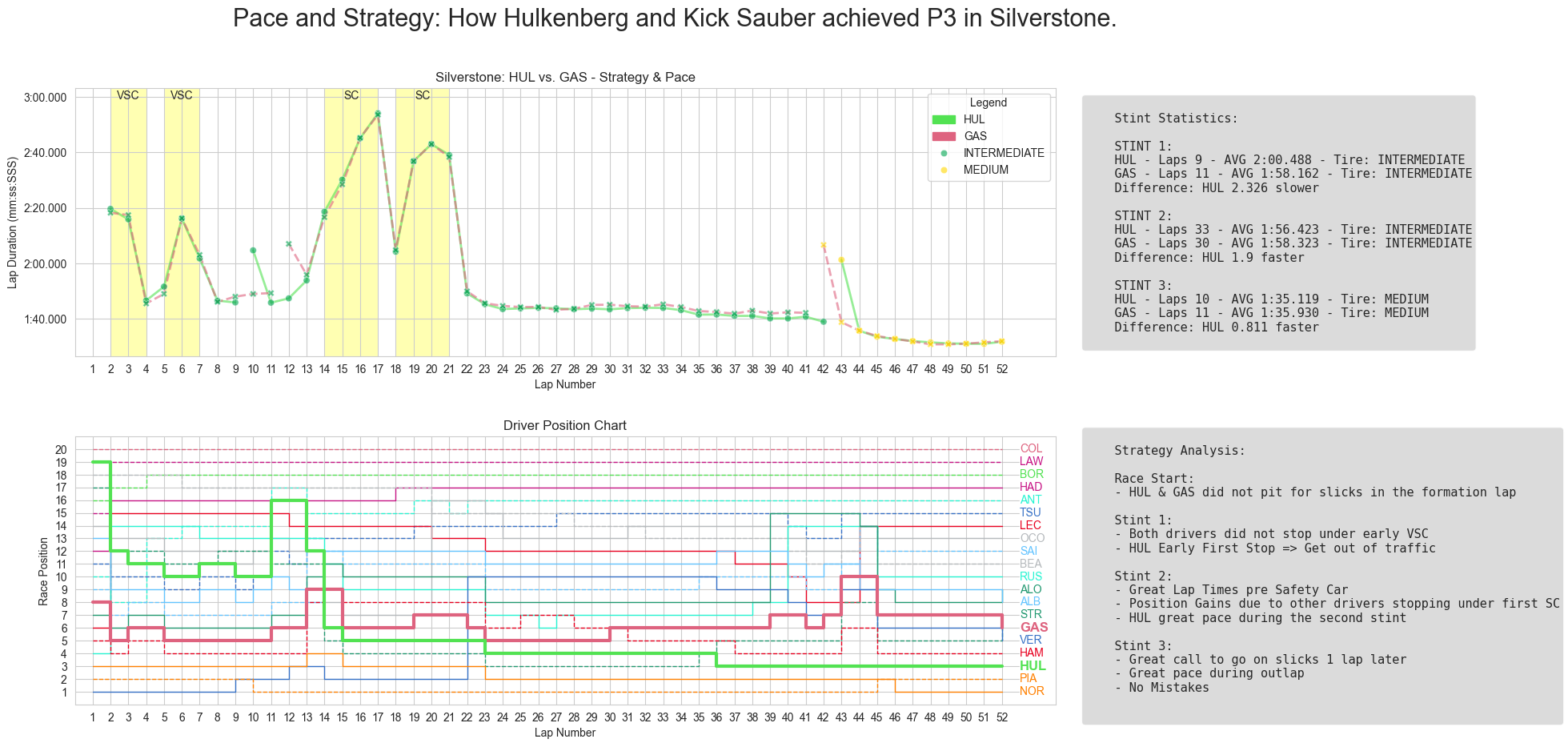
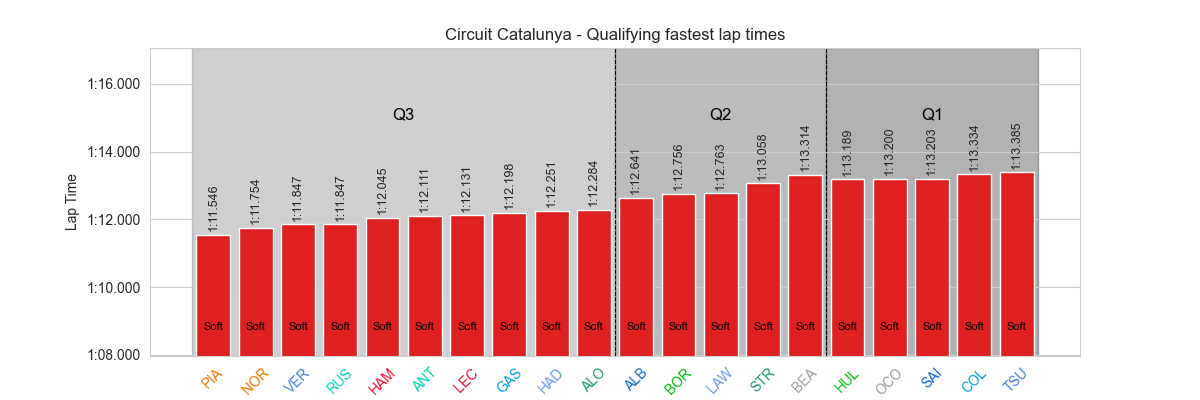

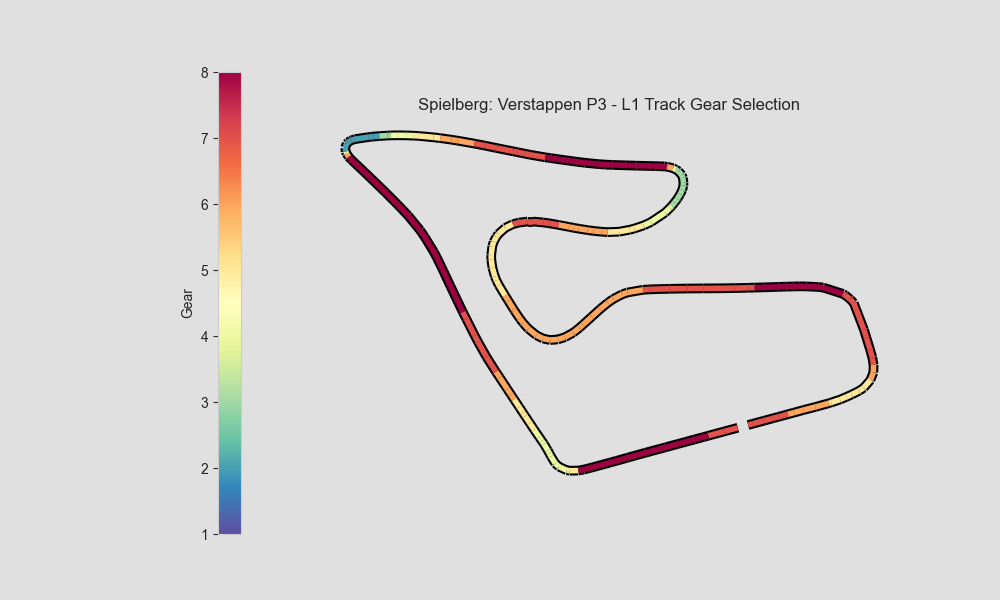
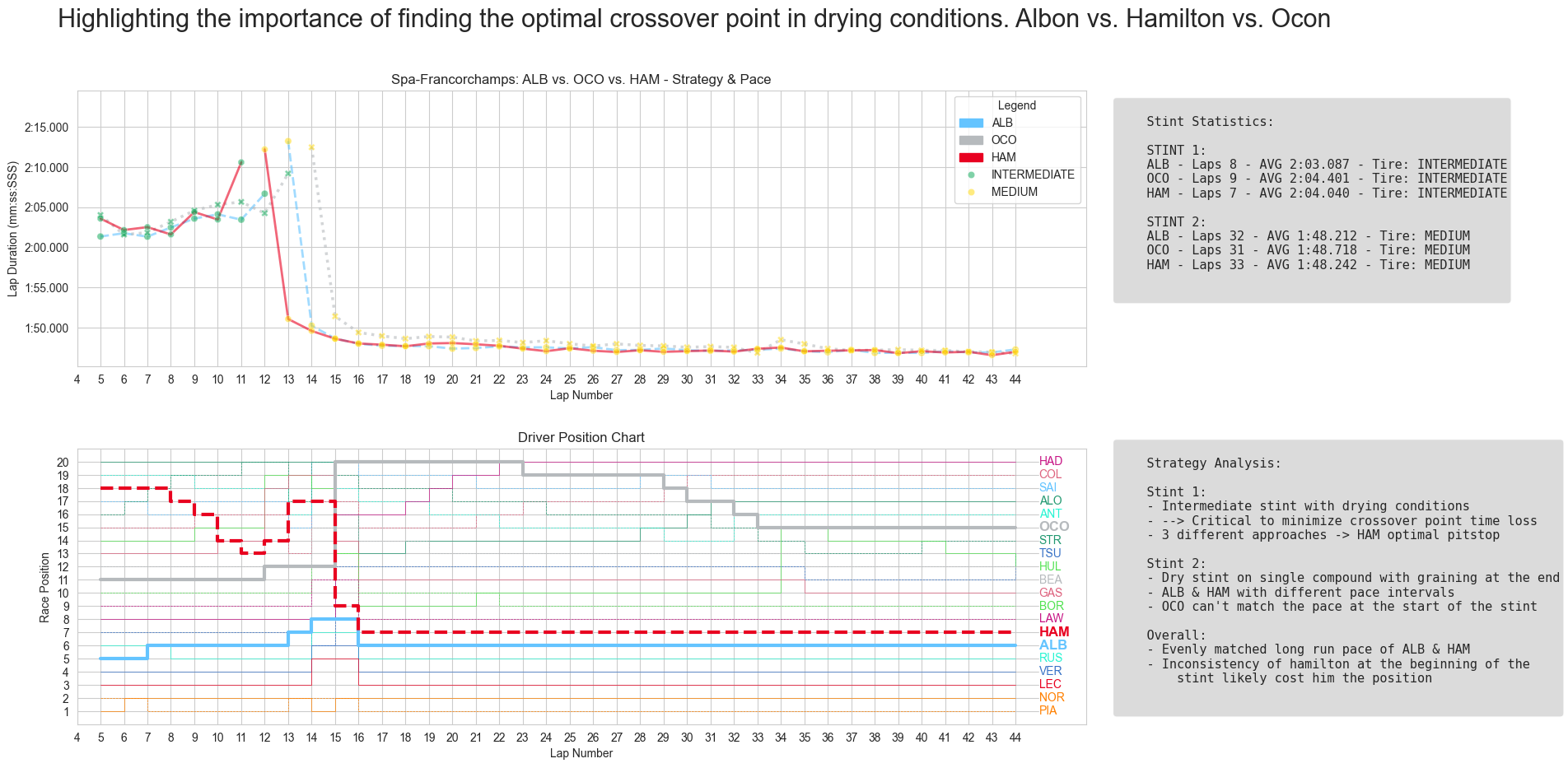
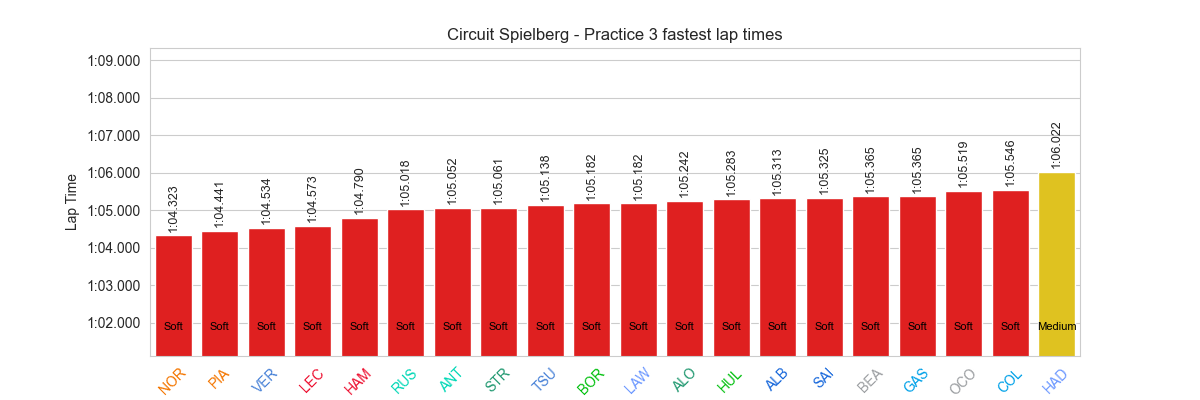
My next goals for this project are outlined below:
Graphic that visualizes all drivers race positions across the whole race.
Visualize Lap time degradation across stints and show average lap times in a session, based on tire compound.
Show the lap time, as well as the wind velocity and direction on the gear selection track map.
Provide the possibility to compare the lap telemetry from 2 previously selected laps, to compare consistency by a driver or find differences in driving style across drivers.
Visualize average pit stop times and check for position losses because of bad pit stops.
Wrap all functionalities in an interactive dashboard that makes the application user-friendly and easy to read.
As I am currently still working on this project, the conclusion is still limited. This project demonstrates the value of applying data science techniques in motorsports. By combining data engineering methods with statistical approaches it was possible to extract meaningful patterns from complex telemetry data and derive meaningful actions. The insights gained from this analysis could help engineers make more informed decisions and understand vehicle dynamics and telemetry in greater depth.